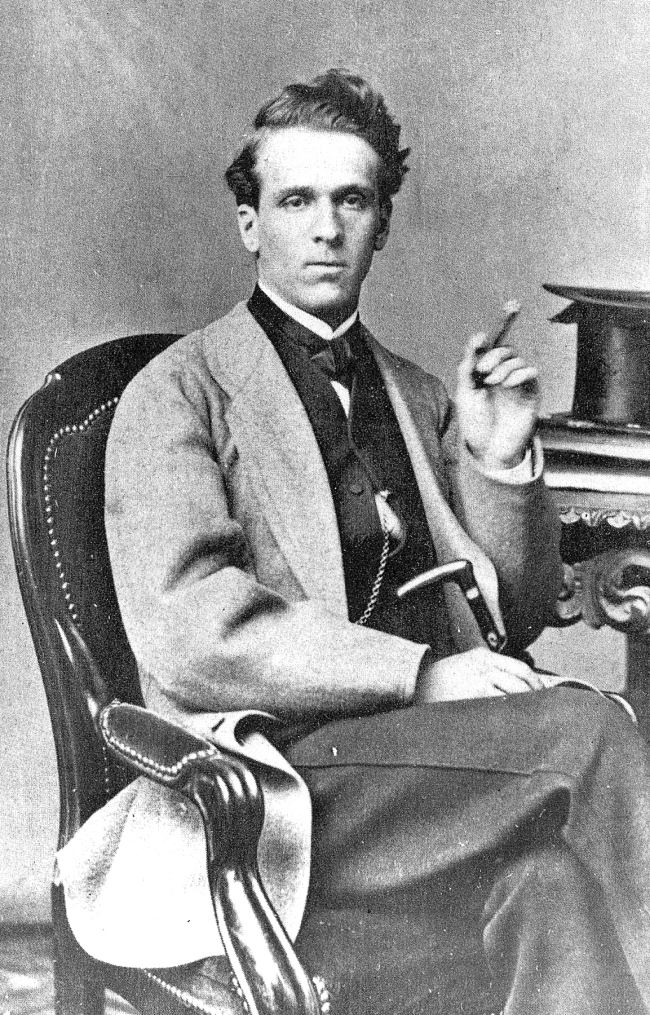Nationality American Books The Delight Makers Fields Archaeology | Role Archaeologist Name Adolph Alphonse | |
 | ||
Died March 18, 1914, Seville, Spain Residence Switzerland, United States of America Similar People Charles Fletcher Lummis, Frank Hamilton Cushing, Jesse Walter Fewkes | ||
How to pronounce adolph francis alphonse bandelier american english us pronouncenames com
Adolph Francis Alphonse Bandelier (August 6, 1840 – March 18, 1914) was a Swiss-born American archaeologist who particularly explored the indigenous cultures of the American Southwest, Mexico and South America. He immigrated to the United States with his family as a youth and made his life there, abandoning the family business to study in the new fields of archeology and ethnology.
Contents
- How to pronounce adolph francis alphonse bandelier american english us pronouncenames com
- Life
- Legacy and honors
- Publications
- References

Bandelier National Monument in New Mexico, was named for him, as his studies established the significance of this area in the Jemez Mountains for archeological and historic preservation of sites of Ancestral Puebloans, dating to two eras from 1150 to 1600 CE.
Life
Bandelier was born in Bern, Switzerland. As a youth, he emigrated to the United States with his family, which settled in Highland, Illinois, a community established by other Swiss immigrants. He labored unhappily in the family business as a young man. He became acquainted with the pioneering anthropologist Lewis Henry Morgan of New York, who served as his mentor as Bandelier turned to scholarship. In particular, he undertook archaeological and ethnological work among the Native Americans of the southwestern United States, Mexico and South America.
Beginning his studies in Sonora (Mexico), Arizona and New Mexico, Bandelier developed as the leading authority on the history of this region. With F. H. Cushing and his successors, he became one of the leading authorities on its prehistoric civilization, at a time when archeology and ethnology were new fields of study.
In 1892 Bandelier left the Southwest to travel and conduct research in Ecuador, Bolivia and Peru, where he continued ethnological, archaeological and historical investigations. In the first field he was in a part of his work connected with the Hemenway Archaeological Expedition. In the second he worked for Henry Villard of New York City and for the American Museum of Natural History of the same city. Bandelier had shown the falsity of various historical myths, notably in his conclusions respecting the Inca civilization of Peru.
While working at the pueblo of Isleta in New Mexico, Bandelier made some long-term friends. They included French-born missionary Father Anton Docher, who had served the Tiwa people since 1891 and was known as the Padre of Isleta. Another was American journalist and writer Charles Fletcher Lummis, who also wrote on ethnology. Lummis traveled with Bandelier for a time in South America, before returning to his base in Los Angeles. The three men continued as friends.
